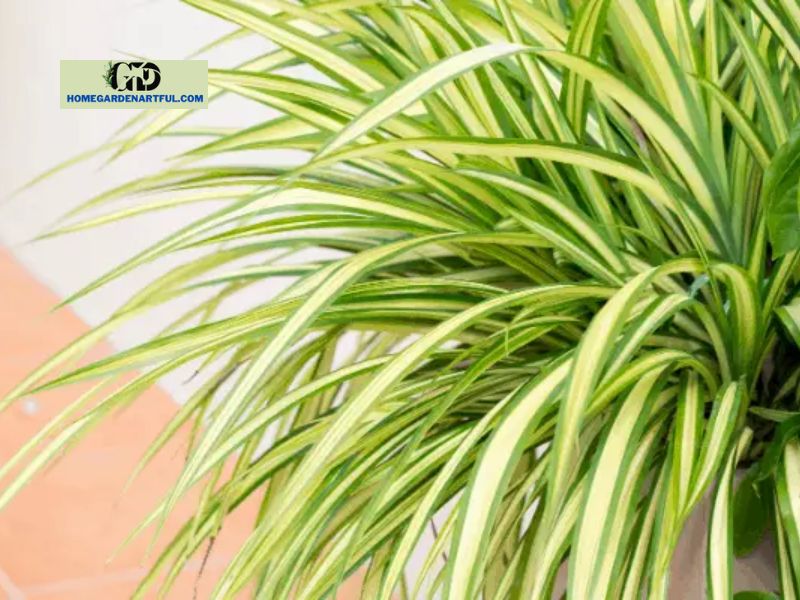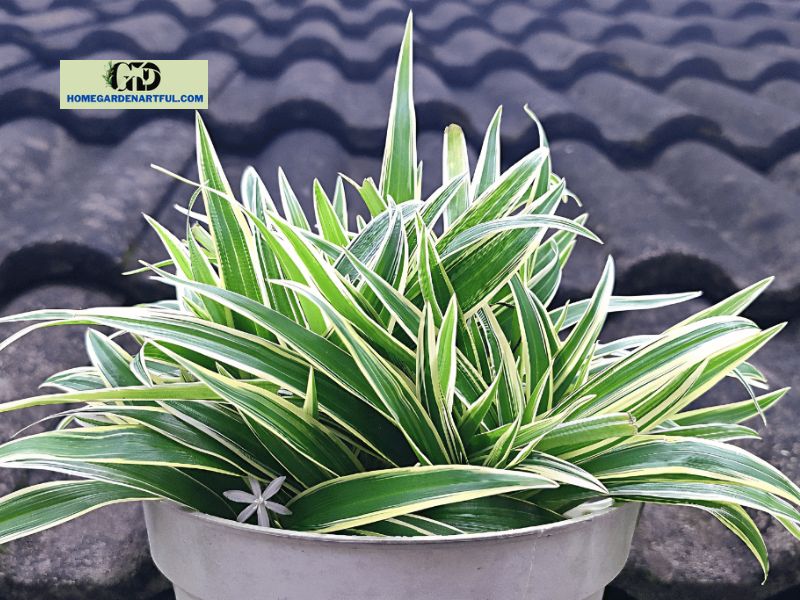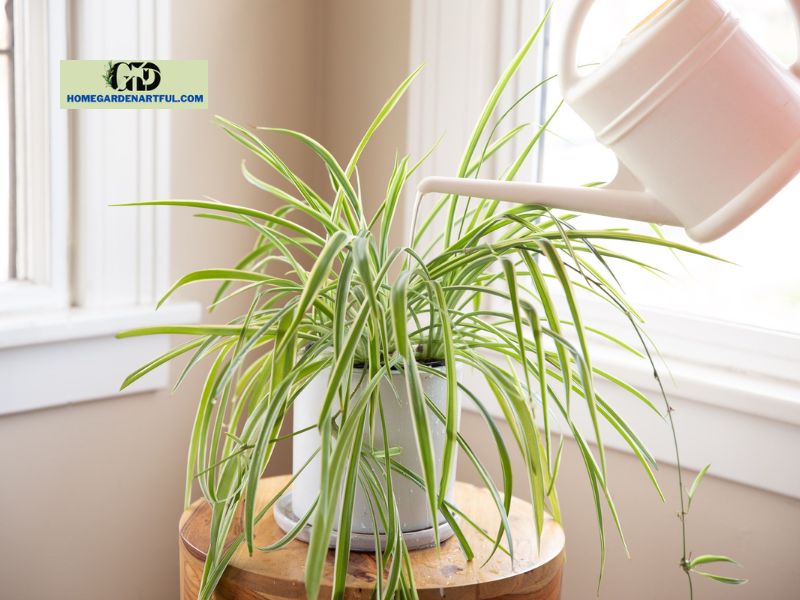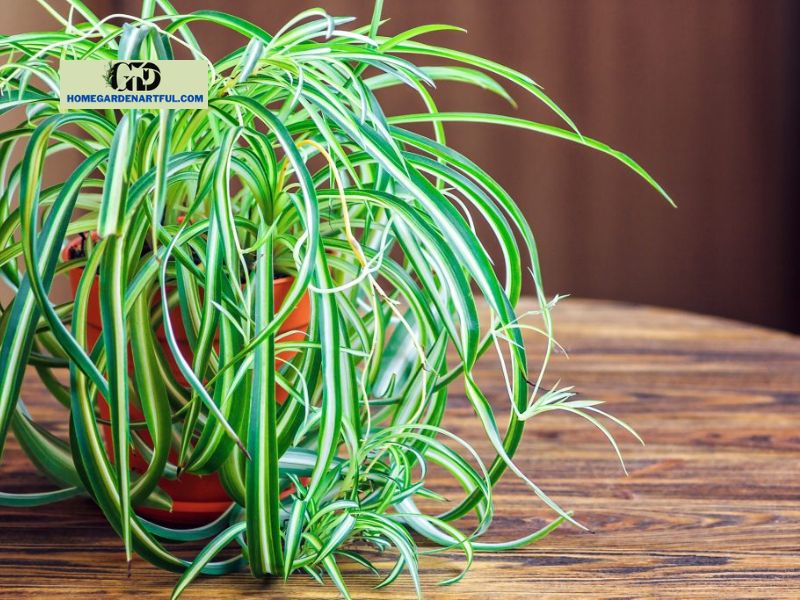Do you know How to Make Spider Plant Bushy? Spider plants are a great addition to any garden, indoors or out. We adore them since they are one of the simplest plants to maintain.
However, sometimes merely providing food and water is insufficient to develop them to their full potential. A spider plant may grow thin and lanky if not properly cared for. Discover at homegardenartful.com!
Here are our top three tips for making your spider plant bushier.
How to Make Spider Plant Bushy

Spider plants are incredibly popular in homes and gardens due to their low-care nature. However, just because they are little maintenance does not imply you can ignore them completely.
If your spider plant appears thin, fatigued, or leggy, it is most likely signaling that it requires assistance.
Here are our top three tips for reviving your spider plant and transforming it into a healthier, bushier member of your yard.
1. Pruning and trimming
Spider plants grow quickly. When given the correct conditions, you’ll be shocked at how quickly they develop. They also enjoy haircuts because of their rapid growth.
Pruning and trimming your spider plants on a regular basis is a good habit to develop for a variety of reasons, including:
It prevents pests from attacking and infesting weak portions of the plant, allowing you to catch problems like disease and rot sooner rather than later, and allows you to maintain your spider plant compact, clean, and beautiful.
We suggest pruning your plant during the spring and summer months since it grows quickly. Grab a pair of sterilized garden shears and don’t be afraid to prune aggressively. They can handle it, and they’ll grow thicker as well as bushier than before.
2. Transplant your Spider Plant

Spider plants, due to their rapid growth, can typically fill pots faster than other plants.
You may need to report your spider plant every 1 – 2 years, depending on how well you care for it. However, this is a positive thing! This is especially important if you want your spider plant to look larger and bushier.
Repotting your spider plant encourages new leaf growth rather than directing its energy toward other forms of growth, such as putting out runners (or stolons) to produce siderites.
Follow these simple procedures to report your spider plant:
- Carefully take your spider plant from its original container, make a quick visual inspection of the roots, and remove any brown or mushy roots before placing the spider plant in a larger pot with your choice potting mix and backfilling with fresh soil.
- Finally, water your newly potted spider plant thoroughly, making sure any extra water drains through the drainage holes.
3. Propagation

Propagation is the final advice we have for making your spider plant look bushier.
If you’ve been correctly maintaining your spider plant, you should see a lot of stolons sprouting from the mother plant. A spider plant will self-produce in this manner to secure its survival.
At the end of each stolon, siderites will develop small roots and become self-sufficient, fresh baby spider plants.
We may support our spider plants by developing these siderites as well as planting them around the mother plant to make it look bushier.
Furthermore, spreading these small siderites is simple! The babies have already done all of the hard work by establishing roots while linked to their parents.
To propagate the siderites, do the following:
- Wait until the spinnerette’s roots are at least 1 inch long before cutting the stolon (runner) from the main plant and trimming as close to the spinnerette as you feel comfortable. Take care not to injure any of the roots.
- Place the siderites in a soilless potting mixture (peat or sphagnum moss) and keep moist until the roots reach a length of 2 to 3 inches.
- Finally, transfer the mini siderites into the soil surrounding the mother plant to mature and give your little spider plant oasis a bushier appearance.
Conclusion
Did you know How to Make Spider Plant Bushy? Spider plants are adaptable and hardy plants that look beautiful in the house or yard.
However, if your plant is not properly cared for, it may begin to seem thin and lanky.
Regular trimming, periodic repotting to encourage excellent development, and propagation are three simple techniques to make your spider plants bushier and healthier.
General spider plant care and maintenance will also help to keep your spider plant healthy and full.


